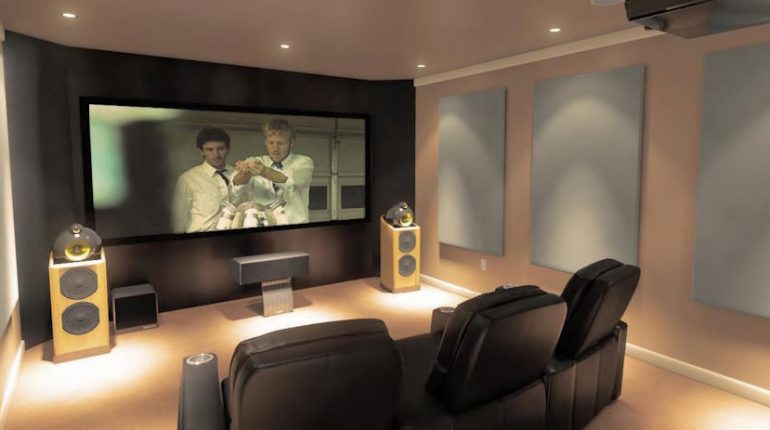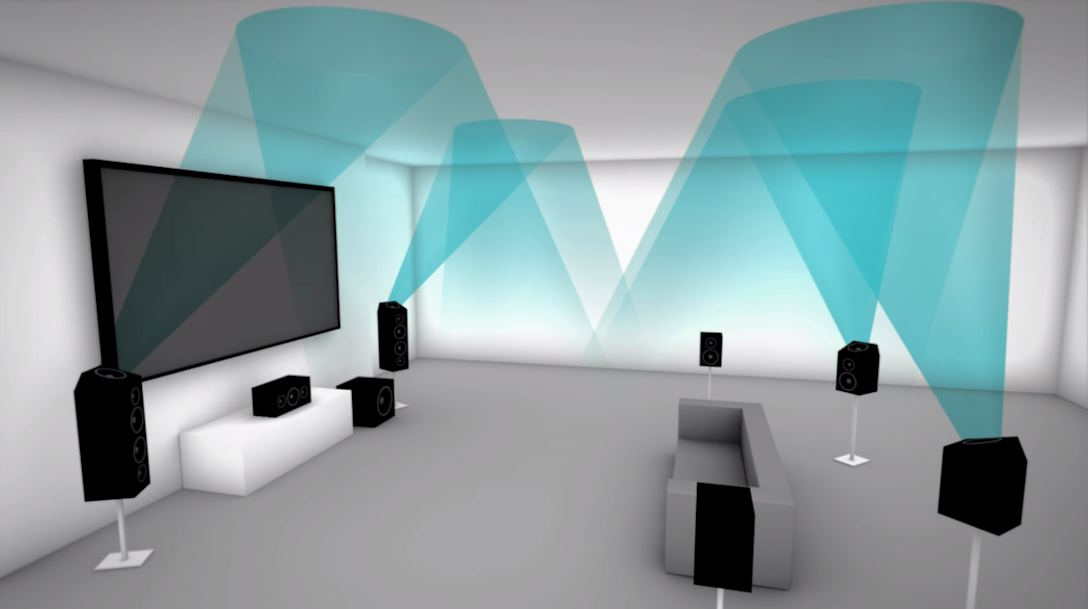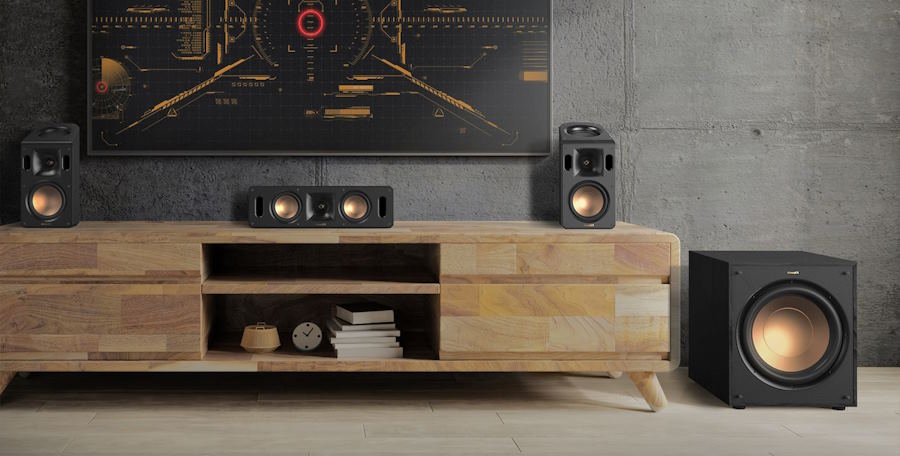
Upgrading Your Existing Home Theater to Dolby Atmos
From humble beginnings with mono speakers to the leap into surround sound, home theaters have evolved significantly over the years. However, one technology has recently taken the center stage, promising an audio experience so immersive and captivating that it redefines the very essence of watching movies or playing games in the comfort of your home. Enter Dolby Atmos, a revolutionary audio technology that propels sound to new heights, literally.
Upgrading Your Speaker System
When it comes to upgrading your home theater to Dolby Atmos, one of the most crucial steps is selecting the right speakers to deliver that immersive audio experience. Dolby Atmos speakers come in various forms, each with its unique advantages. Here’s a breakdown to help you make the right choice:
Choosing the Right Dolby Atmos Speakers
- Floor-standing Speakers: These tall, freestanding speakers are a fantastic choice if you want to maintain the aesthetics of your room while enjoying impressive sound quality. Floor-standing speakers are known for their powerful bass and clear midrange, making them ideal for the main front channels of your Dolby Atmos setup.
- In-ceiling Speakers: For a truly immersive experience, in-ceiling speakers are a must. They create a sense of sound coming from above, enhancing the three-dimensional effect of Dolby Atmos. These speakers are discreet and perfect for overhead channels.
- On-wall Speakers: If you’re short on space or prefer a minimalist look, on-wall speakers are an excellent option. They can be easily mounted on your walls and deliver impressive audio without taking up precious floor space.
Speaker Placement and Configuration
Once you’ve chosen your Dolby Atmos speakers, proper placement and configuration are crucial. Follow the manufacturer’s guidelines for positioning, considering factors like ceiling height, seating arrangement, and room dimensions. Creating the right angles and distances between speakers ensures a balanced soundstage.
Wiring and Connectivity Considerations
Don’t forget to plan your wiring and connectivity. Ensure that your AV receiver supports Dolby Atmos home theater system and has the necessary speaker outputs. Invest in quality cables and connectors to minimize signal loss and interference. Proper wiring and connections are the backbone of a seamless Dolby Atmos experience, so take your time to get this step right.

Selecting a Compatible AV Receiver
In the world of Dolby Atmos, the AV receiver is the unsung hero, the piece of technology that ties it all together and makes the magic happen. Let’s dive into the key aspects of selecting and setting up a compatible AV receiver for your Dolby Atmos home theater system.
Understanding the Role of the AV Receiver in Dolby Atmos
The AV receiver is the heart of your home theater setup. In the context of Dolby Atmos, it serves as the brain that deciphers and distributes the audio signals to the various speakers in your system. It’s responsible for creating that captivating three-dimensional soundscape by precisely positioning sounds in space. The receiver processes audio formats, manages inputs and outputs, and is essential for decoding Dolby Atmos content.
Features to Look for in a Dolby Atmos AV Receiver
When shopping for an AV receiver for your Dolby Atmos setup, certain features are non-negotiable. Look for one that supports Dolby Atmos, of course, but also consider the following:
- Amplifier Channels: Ensure it has enough channels to accommodate your speaker configuration.
- HDMI Ports: Sufficient HDMI inputs and outputs for your devices.
- 4K and HDR Passthrough: To support the latest video standards.
- Auto Room Calibration: Many receivers offer this feature to optimize sound based on your room’s acoustics.
- Wireless Connectivity: Bluetooth, Wi-Fi, and streaming capabilities for added convenience.
Setting Up and Calibrating Your AV Receiver
Once you’ve chosen your AV receiver, the setup process is critical. Follow the manufacturer’s instructions carefully. Many receivers include automated calibration tools to fine-tune audio settings based on your room. Be patient and meticulous during this step, as proper calibration ensures you experience Dolby Atmos as it’s meant to be heard.

Preparing Your Room for Dolby Atmos
Achieving the perfect Dolby Atmos experience isn’t just about picking the right speakers and AV receiver; it’s also about optimizing your room for optimal sound dispersion and immersion. Let’s explore the essential aspects of preparing your room for Dolby Atmos.
Room Acoustics and Layout Considerations
Before you start installing speakers, take a close look at your room’s acoustics and layout. High ceilings, irregular shapes, and reflective surfaces can affect sound quality. Consider these factors:
- Ceiling Height: Higher ceilings allow for better overhead sound dispersion.
- Speaker Placement: Plan your speaker positions based on Dolby Atmos guidelines and your room’s layout.
- Listening Position: Ensure your primary seating area is centered and at the right distance from the screen and speakers.
Acoustic Treatments and Sound Isolation
To enhance audio quality and prevent sound leakage, invest in acoustic treatments and sound isolation measures:
- Acoustic Panels: Place acoustic panels on walls to reduce sound reflections and echoes.
- Bass Traps: Use bass traps in corners to manage low-frequency sounds.
- Soundproofing: Consider adding insulation, double-glazed windows, or heavy curtains to minimize external noise.
Furniture Placement and Seating Arrangement
Your choice of furniture and seating arrangement plays a crucial role in your Dolby Atmos experience:
- Seating Position: Center your seating in the “sweet spot” for optimal audio immersion.